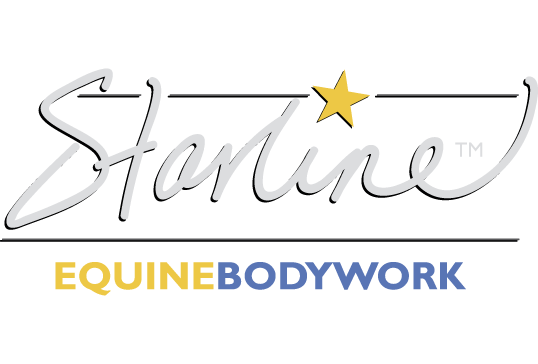Most of us grew up with the notion that it was a really good idea to stretch before a workout. We were instructed by gym teachers and high school team coaches to hold positions for a count of several seconds to “help us warm up” and to be “free of injury” when we get going. This is probably how the epidemic of ‘how-to” instructions came to be for horses too.
Recent science has shown that pre-workout static stretching can do more harm than good. Everything we were once promised by pre-workout stretching for improvements to our horse’s flexibility and movement under tack, and to reduce the risk of athletic injury, can be chalked up to be some of the great myths of exercise.
Both the Journal of Strength and Conditioning, and the Scandinavian Journal of Medicine and Science in Sports have published studies speaking to the counter-productivity of this ‘oh-so-common’ phenomenon that should make us rethink what we do with our horses’ warm up routines.
Stretching does EXACTLY what we think it does- it temporarily loosens muscles and accompanying tendons. And that may not be what we want to do BEFORE exercise!
Here’s why:
The Myth of Removing Tension
Removing perceived areas of tension may be a big mistake to try with stretching! Most tension is not just a mechanical state or by-product of hard work. It is actually the result of repetitive overstretching of an area, which forces the brain to go into a protective mode, sending signals to the muscles to contract. So stretching this area will force the body further into protective mode, and further into tension.
Static stretching cannot be used as a blanket solution for tension. Trained professionals need to be the ones to assess WHY an area is tense, and if that tension can be safely and appropriately addressed with stretching. More likely, the root cause of the issue needs to be solved.
The Myth of Flexibility
Your horse will ABSOLUTELY become more flexible with static stretching (so long as you are not battling the type of protective tension mentioned above). Think of flexibility as the passive access to a specific range of motion. In other words, standing in the barn the horse can hold his leg up and out, with your help, for several seconds. He will become better and more proficient at this as time goes on. But is this actually what you want?
The ability to achieve these positions on the crossties DOES NOT translate into the dynamics of motion at all. He will not all of a sudden be able to perform high-level extensions because of this. Although a horse can be made “bendable” statically, their nervous system is untrained to access this flexibility while moving, has no neurological control over it, nor the ability to generate force in these ranges of motion. So basically, they learned nothing that the body can apply to moving.
Under tack, the central nervous system of the horse will never give access to a range of motion that it feels is unsafe- no matter how much you pull it into that place and hold before you ride.
Remember: FLEXIBILITY IS NOT SUPPLENESS. You want a supple horse, not a flexible one.
The Myth of Power and Strength
Power is the amount of force produced when a muscle contracts. This is important for movement brilliance in collection, and the ability to leave the ground to jump an obstacle. Stretching does not give muscles power. In fact, research has shown that explosive power drops 2.8% after pre-workout static stretching. Remember that stretching loosens muscles and accompanying tendons, which makes them less able to spring into action for up to 24 hours.
Many human athletes report a sensation of a loss of stability or sense of balance as antagonistic muscles groups are now ”not on the same playing field” as their un-stretched counter parts. It is reasonable to believe that horses experience the same physiological effects.
Myth of Injury Prevention
Contrary to what we were told in the past, stretching before a workout is not appropriate to prevent injury. Tissue tear, over-stretch injuries, worsened neurological tension, reduction of athletic potential, and stress placed on other areas to accommodate holding static poses can happen. The risks do not outweigh the benefits!
Warm-ups should be geared towards making better performances. So perhaps it is time we say ‘good-bye’ to pre-workout stretching.

